In 2022, Ford revolutionized the world of electric utility vehicles by launching e-transit. Immediately becoming the most versatile, comfortable, efficient and efficient in its class. A year later, it’s time to take stock.
Last year, the Ford e-transit marked a turning point in the world of electric utility vehicles. With a payload of almost one tonne and a loading volume of 9.5 m³ for the 3.5-tonne L2H2 version. The e-transit started with good numbers, but the rest of the datasheet makes the difference.
The e-transit has been generously equipped with the stock of organs of the Mustang Mach E. This allows it to develop 269 horses. It can recharge at 11 kW in AC and 115 kW in DC, and its announced WLTP range is 317 km.
The upcoming new generation of the Mercedes eSprinter could compete with e-transit. But currently, it is the benchmark in the electrical segment.
It has now been a year since the first e-transit took to the road and they are already a historic success. They represent 61% of the electric utility market. This pushed Ford to scale up its ambition to produce 38,000 units per year.
Electric utility vehicle outperforms its thermal competitors
The remarkable Ford Pro program provides an initial statistical assessment of the transition from a thermal utility to an electric.
The 6,500 models in use in the United States and Canada since February 2022 have travelled a total of 19 million kilometres without emissions. This prevented the release into the atmosphere of the combustion of 2.8 million litres of diesel oil.
Taking into account its construction, Ford estimates that over its lifetime, the e-Transport will have a 57% reduced CO2 footprint compared to a thermal equivalent.
To remember : Ford wins with its e-Transport electric utility It can recharge at 11 kW in AC and 115 kW in DC, and its announced WLTP range is 317 km Mercedes eSprinter may compete E-transit 61% of the electric utility market




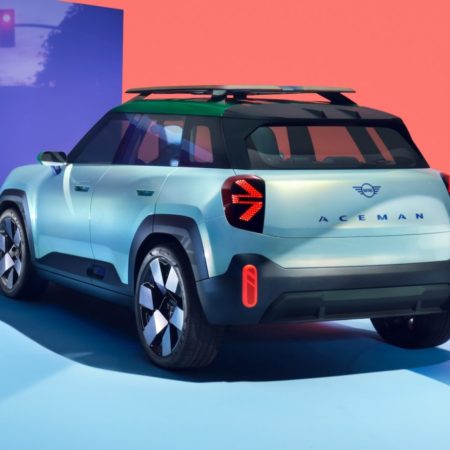
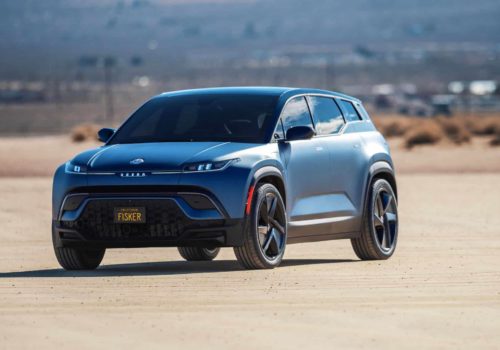
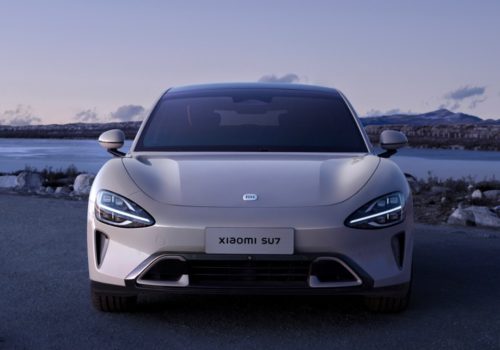
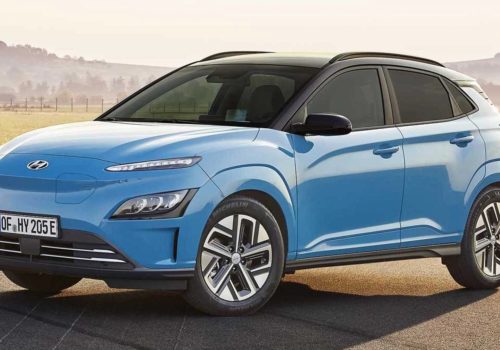
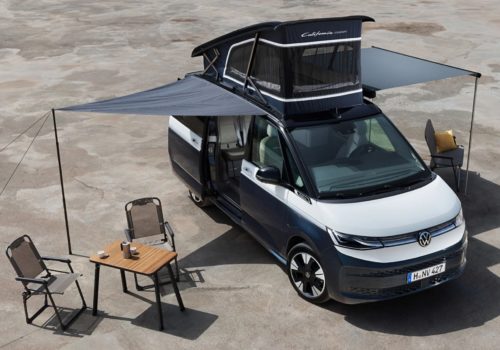
Leave a Reply